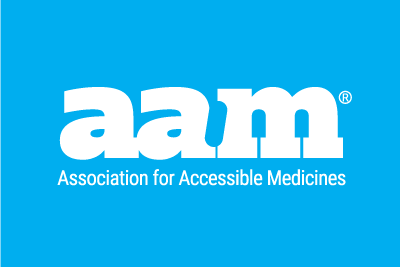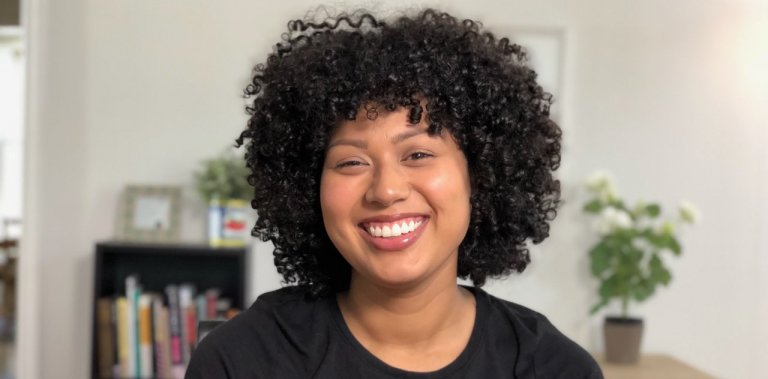In 2014, Ariel Leaty received a frightening diagnosis—acute lymphocytic leukemia. “I went through three years of chemotherapy,” Leaty, 29, of Bloomfield NJ, recalls, “followed by outpatient maintenance.”
The ordeal was grueling, but it would have been far worse, if not deadly, without generic drugs. “If I didn’t have generic prescriptions,” Leaty says, “I probably wouldn’t be here, because the brand-name drugs are expensive—sometimes over $200 a bottle.”
The 2018 report Generic Drug Access and Savings in the U.S. details the savings brought about by safe, effective, FDA-approved generic prescription drugs. In 2017, generics saved the U.S. $265 billion. Savings for Medicare amounted to $82.7 billion ($1952 per enrollee), while savings for Medicaid totaled $40.6 billion ($568 per enrollee).
Subtitled, “Access in Jeopardy,” the report provides detailed information on savings by state, payer type, treatment area, and other factors, as well as the state of the biosimilars market. It also underscores that these savings are at risk due to three factors:
- Market imbalance. The once-abundant list of generic drug purchasers has consolidated into three large buying consortia controlling 90 percent of the market and exerting outsized pricing power over generic manufacturers.
- Anti-competitive abuses. Some brand manufacturers are gaming regulations to attain unwarranted extensions of the market monopolies by keeping generic and biosimilar competitors from developing and introducing lower-cost medicines.
- Policy miscues. Too many lawmakers in Washington and in state legislatures do not understand the differences between the generic and brand business models and fail to appreciate the disparity between a brand monopoly market and a commoditized generic market with many competitors. Consequently, “one-size-fits-all” laws and regulations have been enacted with unintended and harmful outcomes.
“I believe that this report will inform the conversation, in Washington D.C. and in state capitals, about how to rein in drug prices,” writes Chester “Chip” Davis, President and CEO of the Association for Accessible Medicines in his introductory note. “If our shared national goal is to keep prescription medicines accessible, preserving and, indeed, expanding generic savings must remain a priority.”
For Leaty, the decision to go with generics couldn’t have been easier. “My mom’s a pharmacist, and she says generics are the same thing, just without a fancy name,” she laughs. “They also saved my life. As of last October, my leukemia treatment is complete.”
Subscribe now to receive alerts on pending legislation and opportunities where you can advocate for affordable medicines.



